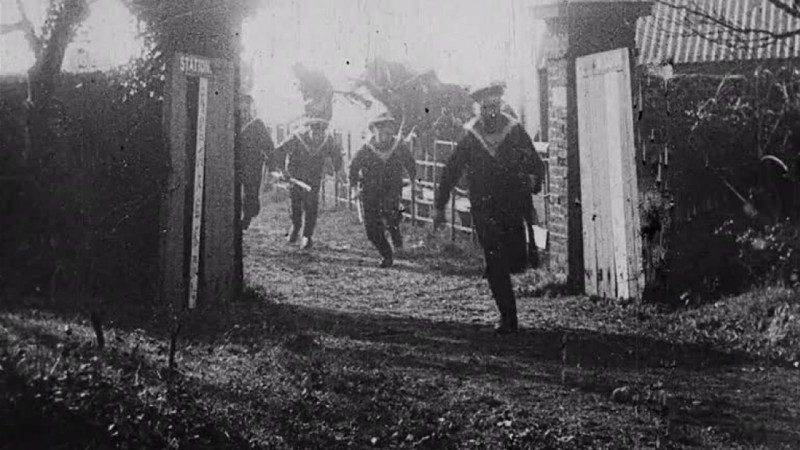Attack on a China Mission

The English film historian John Barnes said about this movie “the most fully developed narrative of any film made in England up to that time” [1], a development that would have been possible only in Brighton and thanks to British directors choice to shoot outdoor scenes, rather than in studio as did before by Georges Méliès, director that Williamson took a lot into account; probably was a 199 Melies film, L'Affaire Dreyfus, his best inspiration for this movie.
Attack on a China Mission is based on a true story: the uprising of the secret society “Boxer” and their attempt to expel foreigners and Christian missionaries from their native China. To make the film more realistic, Williamson got himself an abandoned house called Ivy Lodge (the same that will turn Fire!) and prepared it for the occasion, using a variety of props as a Anglo Chinese “Mission Station” sign and fake backgrounds on which were depicted shots of gunshots and explosions.
The novelty of this film consists mainly in a rudimentary use of the alternate editing, combining actions that are occurring at the same time but in two different places. We can also see, one of the first uses of the Shot reverse shot technique.
The creativity of Williamson was very advanced for the time. His work inspired many other British and American directors like William Haggar, Frank Mottershaw and Edwin S. Porter.
Notes:
- Attack on a China Mission – Screenonline ⬆
